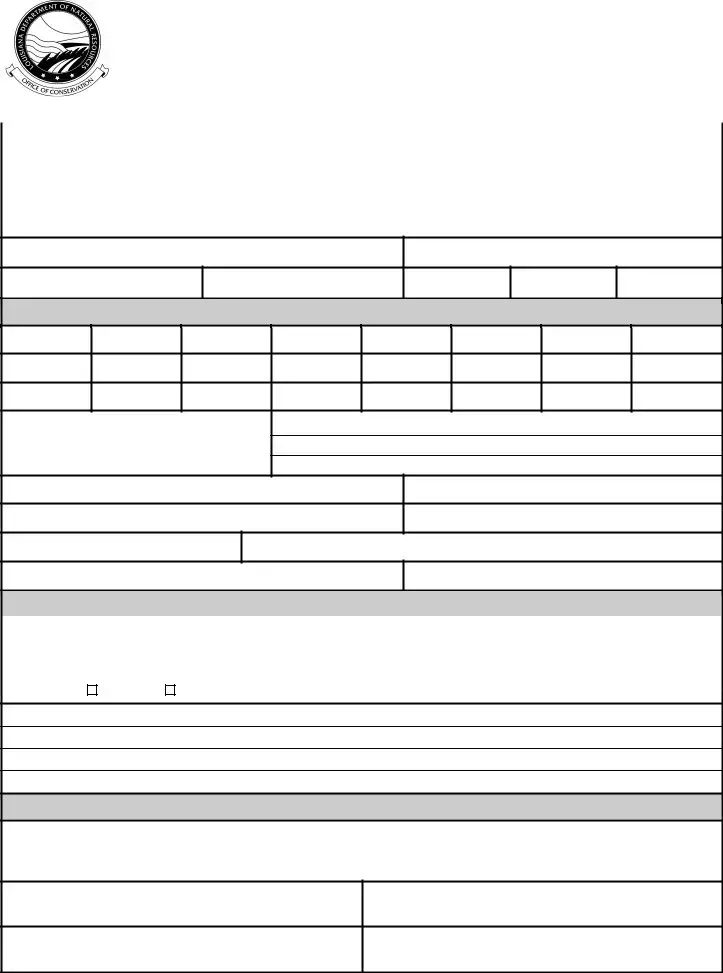The Form CSG T, titled "Affidavit of Test of Casing in Well," is a regulatory document required by the State of Louisiana, specifically by the Office of Conservation. It serves as an official record detailing the testing of well casings to ensure their integrity and the safety of the drilling operations. The form captures information about the well, the casing test conducted, including pressure tests and cementing details, and a certification by the operator attesting to the accuracy and completeness of the submitted information.
This form is required whenever a casing test is conducted on a well in the State of Louisiana. It serves as proof that the well has undergone the necessary testing to ensure the casing's strength and the effectiveness of the cementing, both critical for the well's safe operation and environmental protection. Operators are required to fill out and submit this form to the Office of Conservation as part of the regulatory compliance process before proceeding with further drilling or operation phases.
The operator of the well, or an authorized representative who has direct knowledge of the testing and operations conducted on the well site, is responsible for completing the Form CSG T. This individual must certify that the information provided is true, accurate, and complete, understanding the legal implications of submitting false or misleading information.
The form requires detailed information about the well, including:
-
Well name and number, serial number, field, and location details.
-
Well construction specifics such as casing size, hole size, casing weight, and material details.
-
Depth, cementing details, and the result of the pressure test conducted on the casing.
-
A certification section at the end where the operator or authorized representative certifies the accuracy of the information provided under penalty of law.
Operators must submit the completed Form CSG T to the District Office of the Louisiana Office of Conservation. The form may be filed in paper format or, depending on the office's capabilities and regulations at the time of submission, electronically. It is advisable to contact the respective district office for the most current filing procedures.
Failure to submit the Form CSG T, or submitting incomplete or inaccurate information, can result in significant penalties. These may include fines and imprisonment, as per L.R.S. 30:17. It's crucial for operators to understand that compliance with these regulations is not optional and is strictly enforced to ensure public safety and environmental protection.
If an operator discovers errors or omissions in a Form CSG T after submission, it is imperative to contact the district office of the Office of Conservation immediately. Corrections may be allowed, but the process for making these corrections will be determined by the regulations in place at the time. Promptly addressing any inaccuracies is vital to remain in compliance and avoid potential penalties.
While the form should be submitted promptly after the completion of the casing test, specific deadlines may vary based on the regulations at the time of drilling. Operators are encouraged to consult with the Office of Conservation or the relevant district office to ascertain any specific submission deadlines to ensure compliance with all regulatory requirements.
